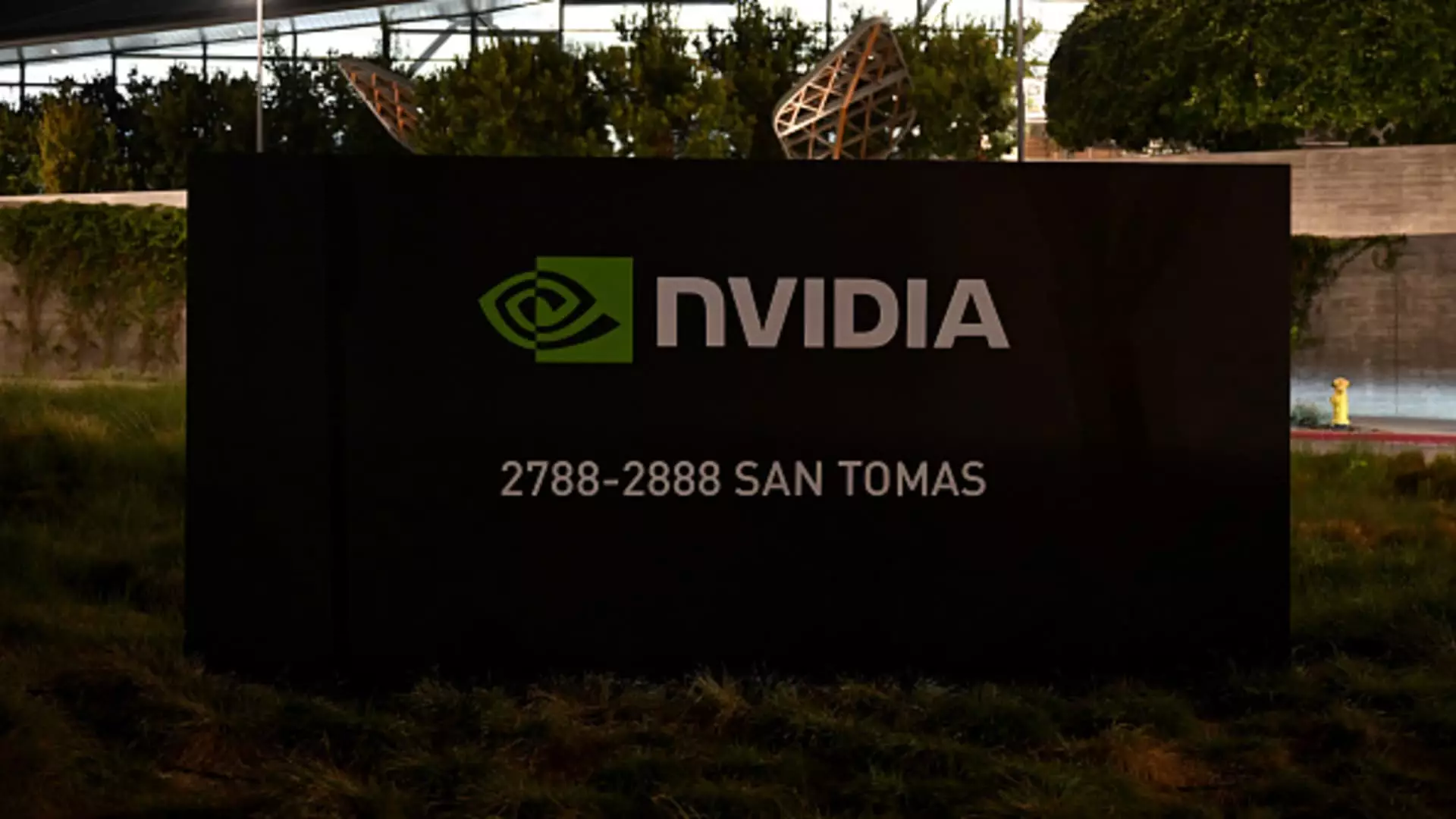In a week marked by renewed investor enthusiasm for artificial intelligence (AI), remarks from Nvidia’s CEO Jensen Huang at the Goldman Sachs Communacopia + Technology Conference took center stage. Huang’s assertion that we are witnessing a “computer revolution” fueled speculation and investment into the AI sector, highlighting the growing significance of generative AI. As concerns over delayed returns from AI investments lingered, Huang’s commentary provided a much-needed shot in the arm for market sentiment, showcasing the potential of AI as not merely an advancement but as a transformative skill that spawns new industries.
Huang’s forecast potently emphasized the potential of data centers, which he estimates could represent a staggering $1 trillion opportunity, primarily driven by the advancements in generative AI. This perspective complements broader trends in the tech investment landscape, suggesting that the momentum surrounding generative AI capabilities is not just a fleeting phase but a catalyst for lasting growth. Nvidia’s stock responded positively, with shares surging over 8% in the wake of Huang’s statements, reinforcing investor confidence in both Nvidia and the AI framework as a whole.
Huang’s commentary resonates deeply in the minds of portfolio managers, notably John Belton from Gabelli Funds, who suggested that the optimistic expectations hinted at robust market demand. Such sentiments highlight the anticipated need for increased manufacturing capabilities, particularly by industry leaders like Taiwan Semiconductor Manufacturing Company. The enthusiasm didn’t just stop with Nvidia; several semiconductor stocks, including Advanced Micro Devices (AMD), Marvell Technology, and Broadcom, saw their values increase significantly, underscoring a collective optimism among technology investors.
In light of this resurgence, diverse investment opportunities begin to emerge. Angelo Zino from CFRA recognizes hardware producers as immediate beneficiaries, in tandem with the initial phases of AI infrastructure development. AMD’s advancement in the GPU sector alongside companies like Applied Materials, known for its semiconductor manufacturing equipment, sets the stage for sustained wins in both short- and long-term capacities. These developments suggest a strategic pivot among investors towards companies that are not only innovating but also facilitating the building of AI capabilities across various platforms.
The Broader Implications for Tech Giants
Meanwhile, industry titans are also making strides in leveraging AI capabilities. Apple, for instance, launched its iPhone 16, now equipped with so-called “Apple Intelligence,” which aims to enhance user experience through advanced AI features. Yet, the market response to these advancements has been mixed, prompting some analysts to question the scale of the anticipated upgrade cycle. Nevertheless, Zino remains optimistic about Apple’s future role in AI development, particularly with the emerging consumer interest in its Vision Pro headset.
Moreover, as forecasts around margins improve, Dell is positioned to enhance its enterprise offerings. This positioning indicates a broader trend where established players might find new avenues for growth through AI integration, ultimately benefiting from scaling infrastructure to match the soaring demand for AI applications.
Despite the positive outlook, there lies an undercurrent of apprehension reminiscent of the dot-com bubble of the early 2000s. Mark Malek from SiebertNXT warns that the rapid proliferation of AI-focused companies may lead to inflated valuations—a cautionary tale for investors looking to capitalize on the current hype. His insights underline that while public technology giants are undeniably benefiting from the AI wave, significant innovations may be occurring in private sectors that have yet to fully materialize in the public markets.
While Jensen Huang’s remarks have dutifully sparked a renewed interest in AI investments, it is crucial for investors to approach the landscape with critical awareness. Balancing optimism with prudence, particularly in recognizing possible overextensions in valuation, will be paramount as the industry navigates this exciting yet volatile phase of growth. The future of AI investment is indeed bright, but sustainable success will hinge on sound judgments and the ability to adapt in an ever-evolving technological landscape.


Leave a Reply